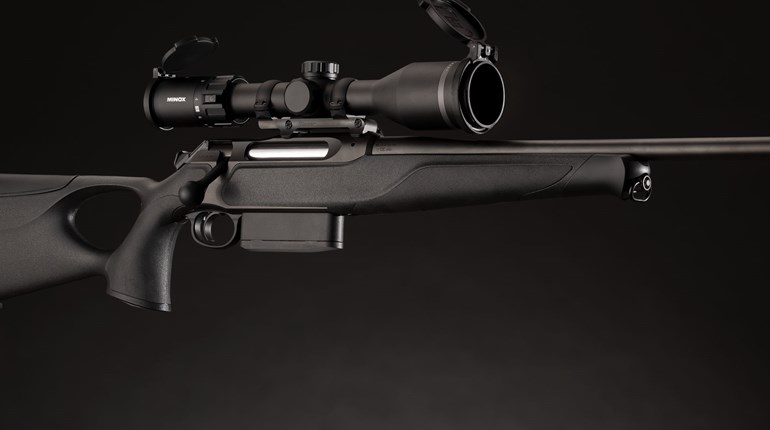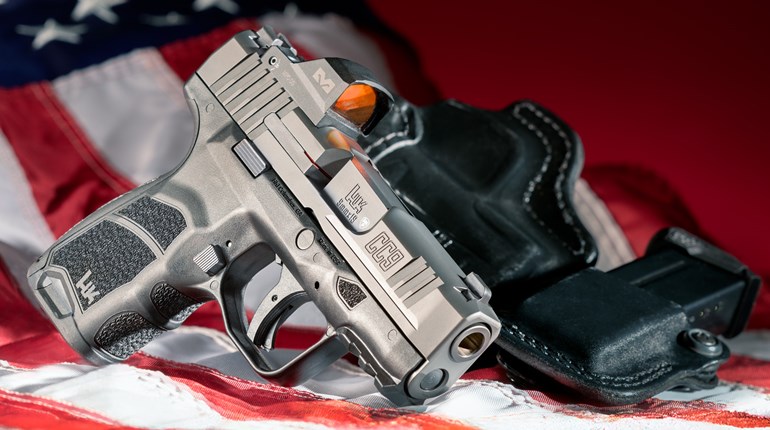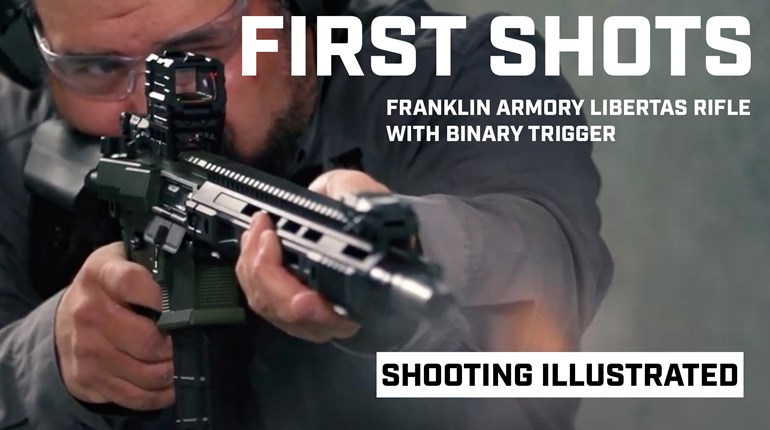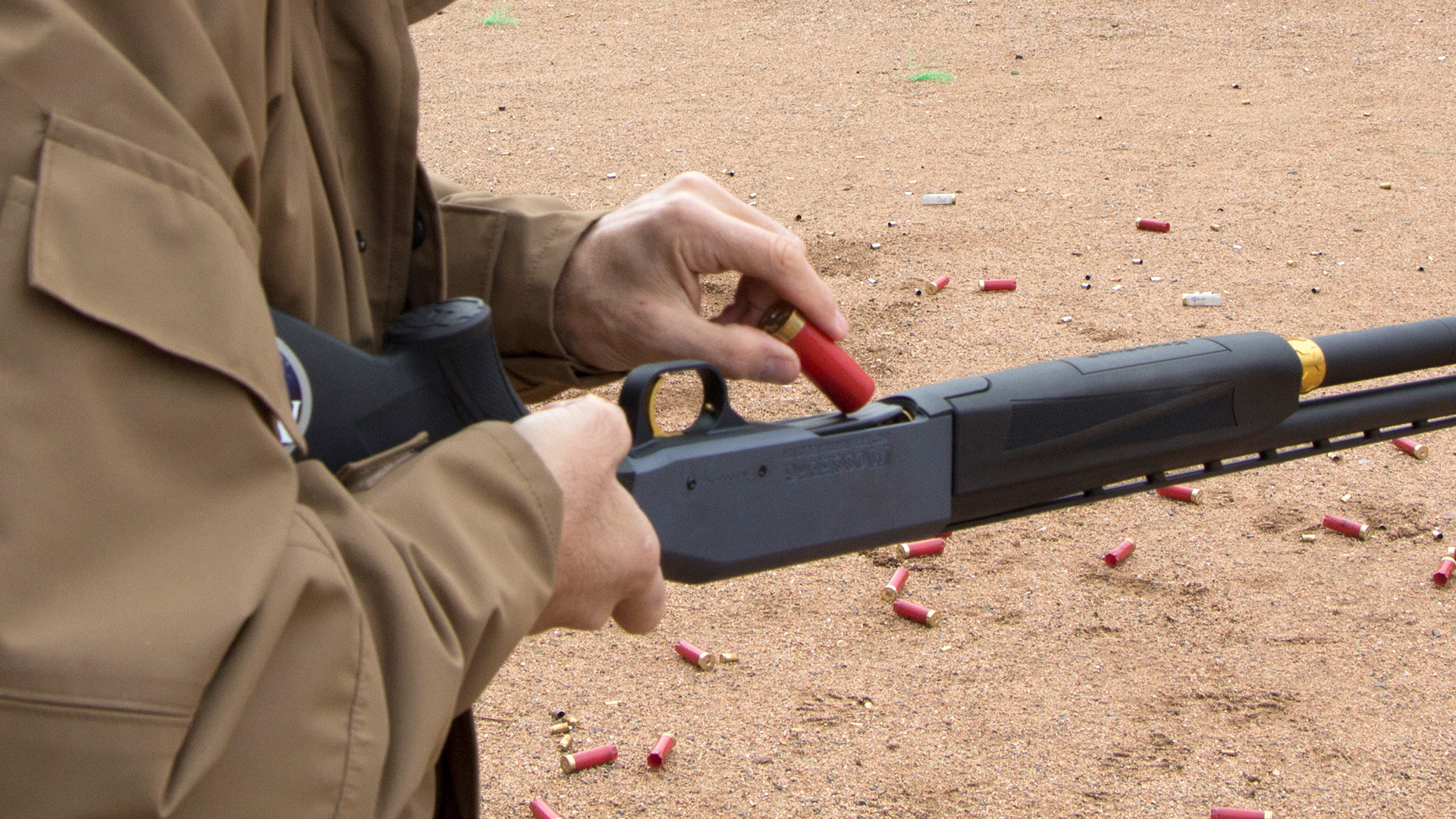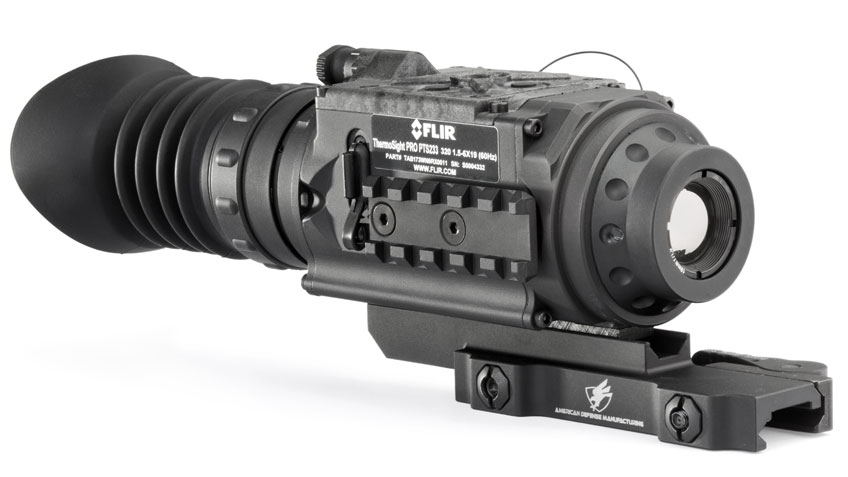
Let’s discuss the elephant in the room when it comes to thermal optics like the FLIR ThermoSight Pro PTS233: No, you don’t “need” one to defend your home or even to hunt hogs. And yes, they remain expensive, though prices have come down dramatically even as quality has significantly improved. But, for those who like gadgets and want an edge for nighttime shooting of any kind, a thermal scope is tough to beat for the cool factor and utility in the dark.

FLIR has long been the leader in thermal imaging for the military, law enforcement and (recently) for civilian purposes, too. The company’s latest offering is a line of thermal riflescopes loaded with useful features and priced toward the lower end of the heat-seeking-optic market. The ThermoSight Pro line consists of three models, starting with the tested PTS233, a larger-objective PTS536 and the even-larger-objective PTS736. In layman’s terms, the bigger the objective, the farther the thermal scope can deliver a clear image, so the PTS233 is obviously meant for use at closer ranges. Larger objectives also allow for increased optical zoom, as opposed to the quality-degrading digital zoom we all know from smartphone cameras.

I was pleasantly surprised at the improvements made in quality versus earlier attempts to offer a relatively low-cost (and with thermal gear, low-cost is indeed relative) optic, both in terms of the image and the footprint on a rifle. I tested the FLIR PTS233 on a Ruger PC Carbine at Gunsite Academy, and what one quickly learns is that using a thermal scope requires a temperature difference between the target and the surrounding environment. The bigger that difference, the more the target will stand out, so for self-defense purposes, this isn’t a worry. At Gunsite, this wasn’t a problem, either—steel targets in the Arizona heat glow like Chernobyl. But, paper targets are another story. Fortunately, there are a number of targets designed to be used in conjunction with thermal scopes, including a useful line from Thermbright that can be used indoors and outdoors and will show up consistently in the viewfinder of any thermal optic.

Shooting at targets from 50 yards and closer was a cinch. Not only was I able to achieve solid accuracy, the FLIR PTS233 also did not hinder transitions between targets, allowing me to ace a Texas Star in slightly more than 9 seconds without a miss—narrowly besting “Top Shot” champion Iain Harrison in our first two heats (until he decided to get serious and clean the star in just 6.5 seconds). I was also able to engage targets at 100 yards with the PTS233 mounted on a Ruger AR-556, though the degradation in image quality and target differentiation at that range began to show.
With six onboard reticle options, seven color-display palettes (for displaying heat differences) and the capability to store up to 1,000 still images or 2.5 hours of video, the FLIR ThermoSight Pro PTS233 is a great choice for a first dip in the thermal pool. It’s still pricey, but it costs about half as much as the previous generation of thermal riflescopes with significant improvements in quality across the board.













